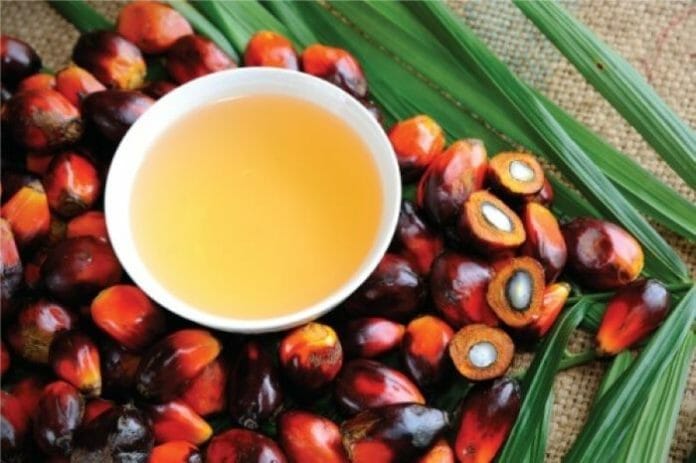Malaysian benchmark crude palm oil (CPO) spot prices have weakened after crossing USD950 per tonne (t) in early April 2024, and are on track to average around USD850/t in 1H24. Prices had risen due to relatively low palm oil inventories and market fears of weak output, but a surge in Malaysia’s production since March 2024 has assuaged supply-side concerns.
Fitch Ratings expects Malaysian benchmark CPO prices to weaken from 2H24 on higher global vegetable oil supply. Spot prices have weakened after exceeding USD950 per tonne (t) in early April 2024, and Fitch assumes they will average USD775/t in 2024.
The agency said the drop will be due to higher global vegetable oil supply, along with lower fertiliser costs. It has raised its 2024 benchmark price assumption to USD775/t, from USD700/t, reflecting 1H24 strength. The 2025 assumptions and thereafter are unchanged at USD700/t and USD650/t, respectively.
Divergent Trends in Malaysia and Indonesia
Malaysia’s CPO output in 5M24 was up 15% yoy and the highest since 2019. However, palm oil production in Indonesia remained flat in 1Q24. The divergent trend was confirmed by yields reported by palm oil major SD Guthrie Bhd (SDG, BBB/Stable) for 1Q24, which jumped 33% in Malaysia but were down 4% in Indonesia. Yields in Malaysia have benefitted from the resolution of labour shortage which arose due to Covid-19-related restrictions. SDG’s land/harvester ratio has improved gradually by almost 40% following the re-opening of Malaysia’s borders in October 2021. However, estates in Indonesia have borne the brunt of El-Ninoinduced dry weather, which especially affected the young acreage.
La Nina Likely to Resume in 2H24
Weather forecasters predict the La Nina climate phenomenon, which brings higher rainfall to the palm oil-producing regions of Indonesia and Malaysia, will return by 3Q24. La Nina lasted for three years until early 2023, before giving way to its inverse El Nino. Fitch expects better rainfall due to La Nina to drive higher output, especially in Indonesia. The effect is likely to be felt from 2025, as the impact of changed weather conditions becomes reflected in yields of fresh fruit bunches (FFB) with a lag. However, a strong La Nina could result in severe conditions across the world, and presents risk to output of palm and other vegetable oils in 2025.
Record Soybean Output Forecast
Global soybean production in the 2024-2025 marketing year (MY25) is forecast to be at a record level, and up over 6%, by the United States Department of Agriculture (USDA). The forecast suggests the fastest output growth in over a decade, driven by acreage expansion in Brazil and higher plantings in the US. Soybean oil is a ready substitute for palm oil, especially in pricesensitive markets such as India. We expect ample soybean supplies to pressure prices of soybean and other vegetable oils over the next year, in the absence of extreme weather conditions.









